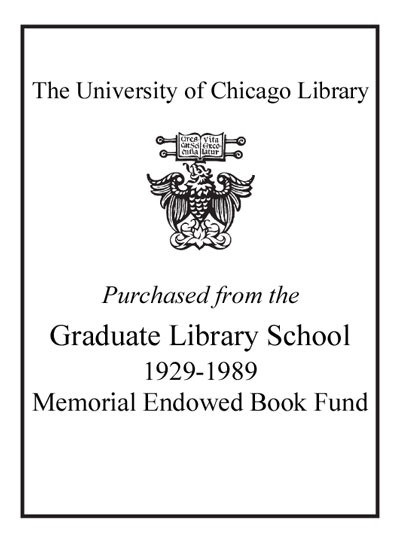Review by Library Journal Review
The result of a symposium held at the Metropolitan Museum of Art in 2008, this book covers the distinctive artistic output of the Deccan sultanates-the five late-medieval, Muslim-ruled kingdoms of Bijapur, Golkonda, Ahmadnagar, Bidar, and Berar in south-central India-between 1323 and 1687. Editors Haidar (curator, department of Islamic art, Metropolitan Museum of Art) and Sardar (research associate, department of Islamic art, Metropolitan Museum of Art) aim to update prior research and to respond to and challenge earlier perceptions of Deccani art. They are joined by a team of international contributors whose well-researched, succinct essays are supported by abundant bibliographies and the presence throughout of never-before-published illustrations, photographs, and inscription transcriptions. Gracing nearly every page of this book are high-quality images of first-time-published Deccani paintings, new works of literature, newly identified and attributed carpets and textiles, and rarely studied architectural monuments. VERDICT This beautiful, smart, and important book is recommend for readers serious about studying Indian art or who find Indian art seriously beautiful.-Jennifer Krivickas, Coll. of DAAP Lib., Cincinnati (c) Copyright 2012. Library Journals LLC, a wholly owned subsidiary of Media Source, Inc. No redistribution permitted.
(c) Copyright Library Journals LLC, a wholly owned subsidiary of Media Source, Inc. No redistribution permitted.
Review by Library Journal Review

